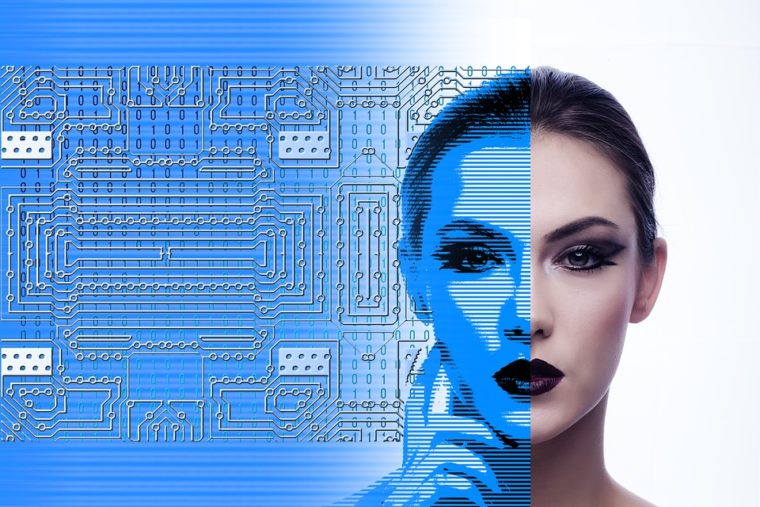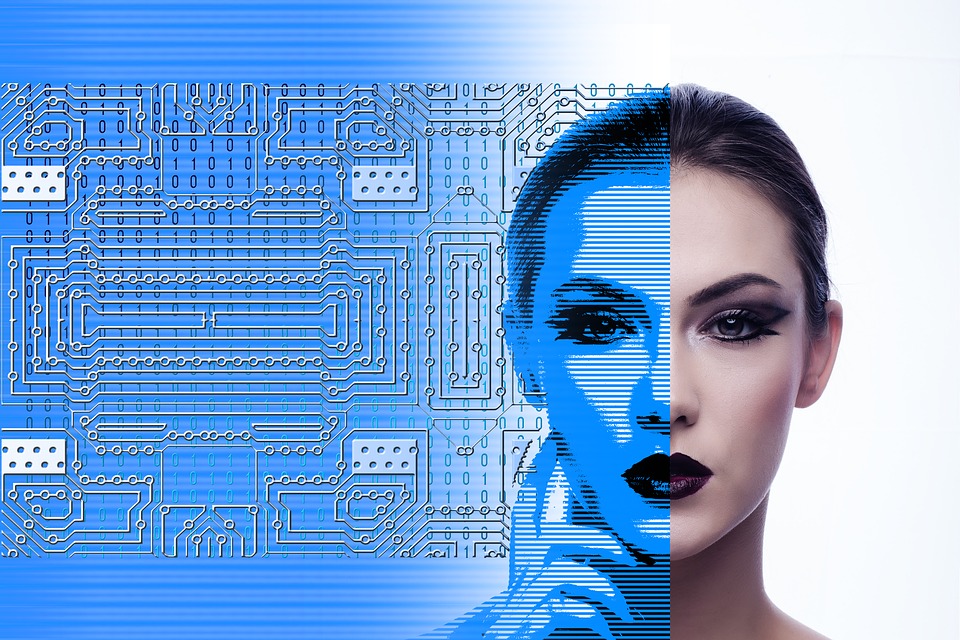
Last week, a woman carrying an American passport arrived at Washington Dulles International Airport on a flight from Ghana. Facial recognition technology alerted the U.S. Border Patrol that she was not an American citizen but, in fact, a citizen from Cameroon. It was the third time in the past 40 days that facial recognition technology identified an impostor using another person’s passport.
The software used at Dulles is known as a “one-to-one match.” It scans a face in a matter of seconds and then matches it to a photo on a passport or other document. Another type of facial recognition software scans and identifies all the individuals in a crowd by matching faces to a database. This technology is often used for screening people in large groups to make sure that there are no individuals who are not cleared to be entering a facility.
Facial recognition technology has evolved rapidly over the last five years. Previously, the technology could only identify faces under perfect conditions but now, because of advanced algorithms and the incorporation of artificial intelligence, the technology can be used in a plethora of areas.
Governments, law enforcement and private-sector businesses are eager to use facial recognition software for protection but, as it often occurs with new technology, there are concerns about its use – especially when it comes to privacy.
This type of technology is evolving and is most commonly used for public safety. Detroit has been testing a program called Project Green Light that transmits to the police department live surveillance footage from businesses in high crime areas. The police then use facial recognition software to identify violent criminals. The Federal Bureau of Investigation (FBI) not only manages the repository for most criminal data but also provides direct face recognition services to many government agencies.
 The highly acclaimed Austin City Limits music festival may soon ditch bracelet tickets and deploy facial recognition scanners. The city is considering technology that can identify 60 people within half a second even without any of them looking directly at the camera. Rather than standing in line to scan a wristband, concertgoers would simply walk through a checkpoint and be scanned. Currently, organizers plan to test facial recognition technology at the 2019 festival.
The highly acclaimed Austin City Limits music festival may soon ditch bracelet tickets and deploy facial recognition scanners. The city is considering technology that can identify 60 people within half a second even without any of them looking directly at the camera. Rather than standing in line to scan a wristband, concertgoers would simply walk through a checkpoint and be scanned. Currently, organizers plan to test facial recognition technology at the 2019 festival.
Madison Square Garden has quietly implemented facial recognition technology. The software captures images of people and compares the images to a database of photographs to identify potentially dangerous individuals. There are numerous other facilities using facial recognition technology, but representatives often decline to discuss its use.
Los Angeles International Airport is one of five U.S. airports currently conducting a 30-day test of facial recognition. During pilot programs at airports in Boston, Houston, New York and Atlanta, travelers were photographed as they prepared to board planes. The objective was to match faces of departing travelers with federal government-collected data on foreign nationals entering the country.
On Oct. 15, the Transportation Security Administration (TSA) released its eight-year biometrics roadmap plan. TSA will implement facial recognition technology for international travelers, and then expand it to TSA Precheck members. Eventually TSA will use facial recognition to verify domestic travelers. Delta Air Lines will launch the first biometric terminal at Hartsfield-Jackson Atlanta International Airport in partnership with TSA. The terminal will use facial recognition technology to speed up the travel process by automating flight check-in, bag drop, ID verification and flight boarding.
In August, U.S. Customs and Border Protection deployed a new system for scanning drivers’ faces as they leave the United States. It will be installed at a border crossing in Texas. The software is capable of detecting faces through vehicle windshields. This project is part of the broader Biometric Exit program which seeks to verify visa-holders’ identities as they leave the country.
Lockport City School District in New York is one of the first districts in the country to use facial recognition and the district has installed 300 cameras. The cameras continually scan for dangerous individuals or previously expelled students. The cameras also scan for weapons, but because of privacy issues, there has been some parental pushback related to the program.
The use of facial recognition technology poses a question. How much privacy are we willing to give up in the name of safety? Privacy advocates argue that there is no transparency about how collected data might be used. No laws govern the use and storage of captured data.
Those who support more scrutiny argue that the majority of the people are not on a watch list and, therefore, have nothing to fear, but the bias related to privacy is a concern. In the meantime, facial recognition software is becoming a significant problem for criminals and individuals on watch lists.
Just one more way that technology is changing the lives of American citizens.
